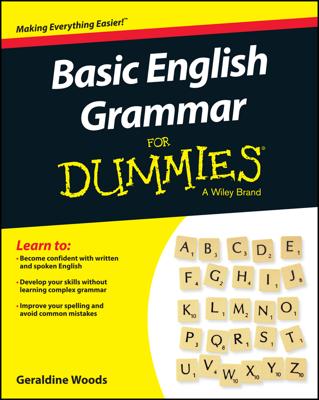Many people have trouble choosing the correct pronouns for direct and indirect objects. English pronouns that may legally function as objects include me, you, him, her, it, us, them, whom, and whomever.
Here are some examples of direct and indirect object pronouns, all in italic:
Ticktock smashed him right on the nose for suggesting that “the mouse ran down the clock.” (smashed is the verb; Ticktock is the subject; him is the object)
Archie married us, despite our parents’ objections, in a quadruple ring ceremony. (married is the verb; Archie is the subject; us is the object)
Olivier, president and chief operating officer of Actors Inc., sent me a horrifying letter. (sent is the verb; Olivier is the subject; letter and me are objects)
Prepositions may also have objects. Here are some examples, with both the preposition and the object pronoun italicized:
Max, fearful for his pet tarantula, gave his dog to us yesterday.
Belle’s dance solo is a problem for her because she can’t find a suitable costume.
Michael’s latest play received a critical review from them.
Archie didn’t like the window so he simply plastered over it.
The object word answers the usual object questions (whom? what?), as in these examples:
Max, fearful for his pet tarantula, gave his dog to whom? Answer: to us.
Belle’s dance solo is a problem for whom? Answer: for her.
Michael’s latest play received a critical review from whom? Answer: from them.
Archie didn’t like the window, so he simply plastered over what? Answer: over it.
Also notice that all the pronouns — us, him, her, them, it — come from the set of object pronouns.
For some reason, the phrase between you and I has caught on. However, it’s time to unhook it! Between is a preposition, so object pronouns follow it. The pronoun I is for subjects, and me is for objects. So between you and me, me is the word you want.
The English language is the proud owner of three types of verbal. (They’re called gerund, participle, and infinitive, if you absolutely have to know.) Take a look at these verbals and their objects, both of which are italicized. Also notice the real verb in each sentence, which is underlined:
Melanie loves dancing the Apostrophe, but Lulu thinks that dance is strange.
Lola left the biker convention to play some dance tunes for Melanie.
Oliver, having watched Melanie, signed up for polka lessons.
As you see, the verbals look like verbs. However, in the first sentence dancing isn’t acting as a verb. Dancing is a thing that Melanie loves. In other words, it’s a noun. In the second example, to play provides a reason why Lola left the biker convention. Therefore to play describes the verb left (left why? to play). In the third example, having watched Melanie gives you more information about Oliver, a noun. Anything that describes a noun is functioning as an adjective.
To find the object of a verbal, ask the object questions: whom? what? after the verbal.
Fortunately, you don't need to know much about the parentage of any verbals you encounter. Just be sure to attach an object pronoun to any and all verbs. Here’s the preceding set of example sentences, this time with pronouns instead of nouns:
Melanie loves dancing it.
Lola left the biker convention to play them for her friend Melanie.
Oliver, having watched her, signed up for polka lessons.

